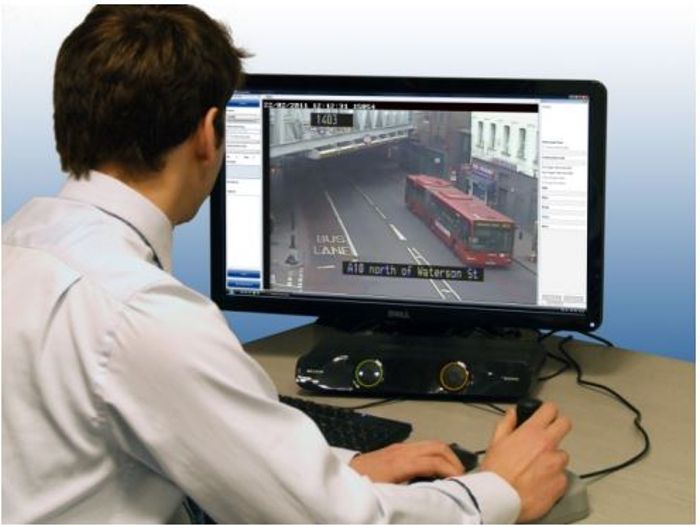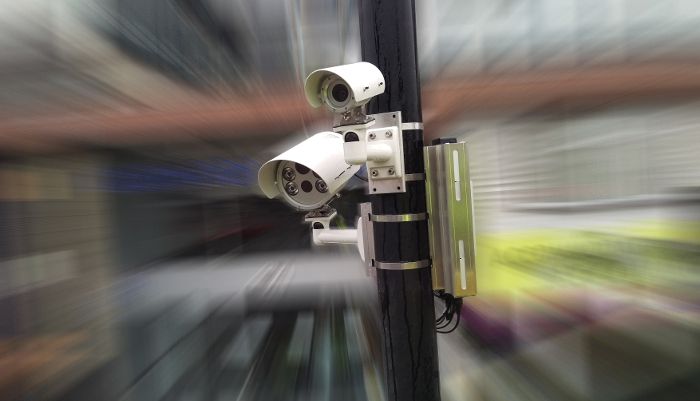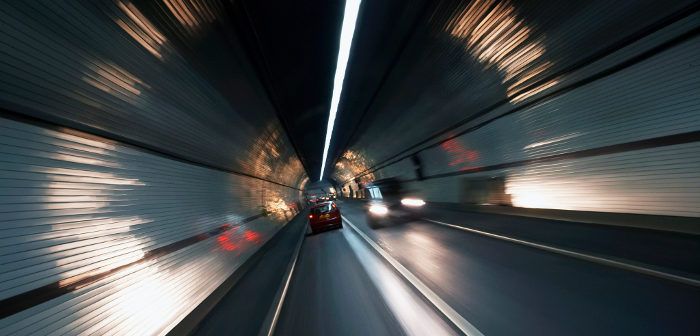UK traffic enforcement system specialist Systems Engineering & Assessment (SEA) has integrated two cutting-edge traffic control systems that are reducing road danger at the Rotherhithe Tunnel in East London.
SEA has integrated two cutting-edge traffic enforcement systems, DTES and ROADflow, to provide a unique solution to Transport for London (TfL) to reduce road danger at the Rotherhithe Tunnel. Built in 1908 and used by in excess of 34,000 vehicles per day, the tunnel under the River Thames in East London was not designed to cope with modern levels of traffic.
 The 4,862ft (1,482m) long single-bore tunnel on the A101 carries one lane of traffic in each direction, linking Limehouse in the north with Rotherhithe on the south side of the river. Under new restrictions introduced in January, vehicles that are more than 6ft 6in (2m) wide or high, or goods vehicles weighing more than 2 metric tons, are not considered to be safe to travel through the tunnel, with drivers putting themselves and others at risk. People driving vehicles through the tunnel that do not comply with the restrictions can be fined up to £130 (US$167).
The 4,862ft (1,482m) long single-bore tunnel on the A101 carries one lane of traffic in each direction, linking Limehouse in the north with Rotherhithe on the south side of the river. Under new restrictions introduced in January, vehicles that are more than 6ft 6in (2m) wide or high, or goods vehicles weighing more than 2 metric tons, are not considered to be safe to travel through the tunnel, with drivers putting themselves and others at risk. People driving vehicles through the tunnel that do not comply with the restrictions can be fined up to £130 (US$167).
To manage the safe flow of traffic through the Rotherhithe Tunnel and to ensure that only those vehicles that are safe to use the tunnel are doing so, SEA’s ROADflow Motion and DTES (Digital Traffic Enforcement System) technologies have been integrated to provide a solution where contraventions are captured by ROADflow Motion cameras at the tunnel approach roads and imported into the DTES platform. DTES consists of a number of workstations that allow TfL operators to view live camera feeds and record video footage showing traffic contraventions, which are later reviewed and processed by a back-office system before being sent to the notice processor for penalty charge notices.

Rotherhithe Tunnel presented SEA with a new enforcement scenario. To allow for this, bespoke software changes were made to both the existing ROADflow Motion technology and to DTES to securely import and process unattended incidents. Part of the solution is SEA’s ROADflow Motion camera units, which use advanced 3D tracking analytics and a fully configurable rules engine to provide a 24/7, unattended enforcement solution that operates in all lighting conditions alongside congested scenes for complex scenarios, such as yellow box junctions.
“The Rotherhithe Tunnel project is a continuation of our ongoing work with TfL to improve traffic safety in London,” explained SEA’s managing director, Steve Hill. “Fully supported by our dedicated ROADflow experts and DTES support team, the solution is an easy to use system for TfL. It allows for incidents at Rotherhithe Tunnel to be reviewed using existing methods, eliminating the need for additional training. For the traffic enforcement notice processor, the system is also straightforward and allows for efficient processing, as it uses the same interface for both attended and unattended incidents.”
Glynn Barton, TfL’s director of network management, commented, “Safety is our top priority and these restrictions are absolutely essential to ensure that people can continue to use the tunnel safely. People driving vehicles through the tunnel that do not meet the restrictions are putting both themselves and others at risk.”






